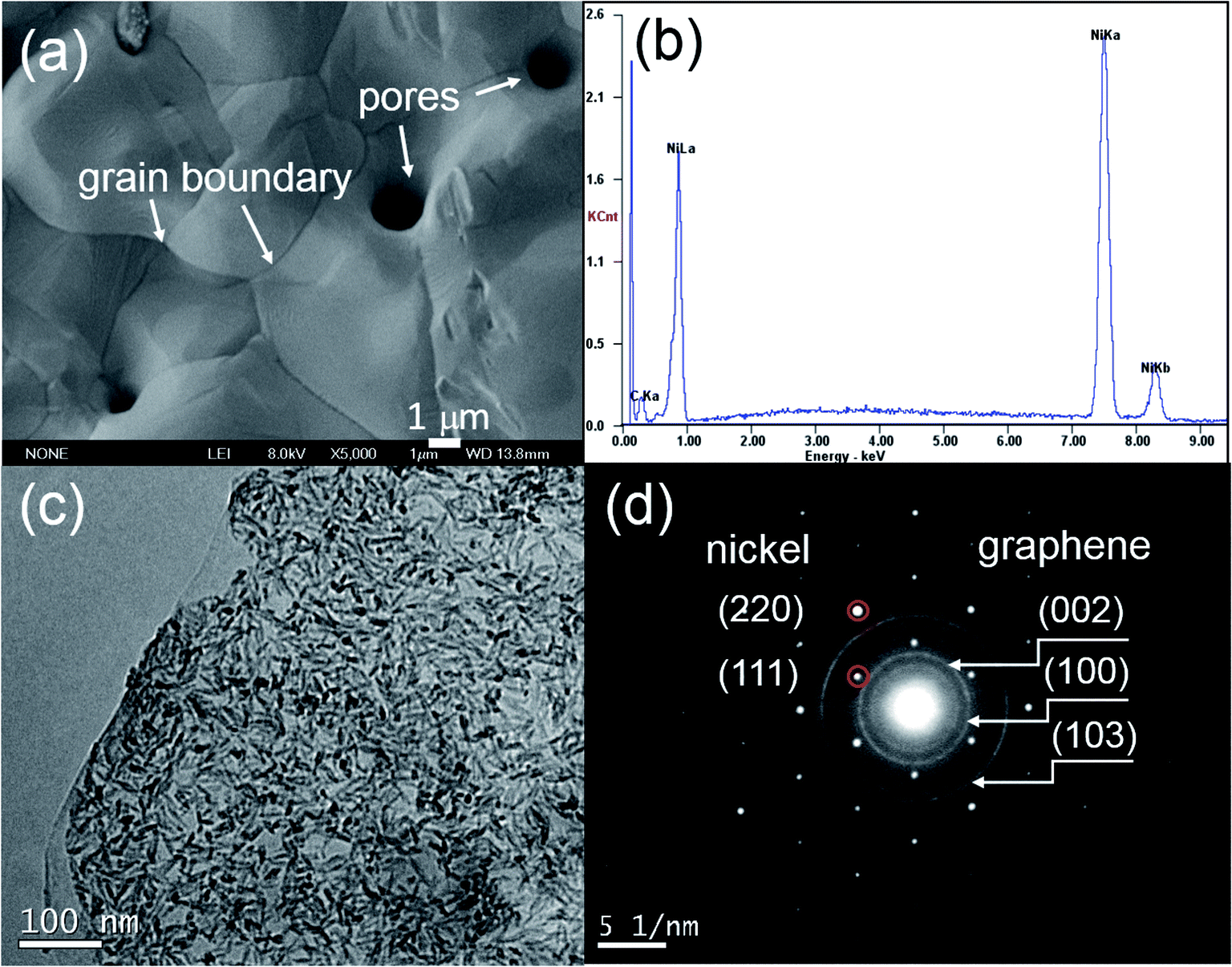
Anatomy of Dzyaloshinskii–Moriya interaction at Co/Pt interfaces. Yang, H., Thiaville, A., Rohart, S., Fert, A. Role of anisotropic exchange interactions in determining the properties of spin-glasses. Novel chiral magnetic domain wall structure in Fe/Ni/Cu(001) films. Dynamics of Dzyaloshinskii domain walls in ultrathin magnetic films.

Thiaville, A., Rohart, S., Jué, É., Cros, V. Additive interfacial chiral interaction in multilayers for stabilization of small individual skyrmions at room temperature. Room-temperature chiral magnetic skyrmions in ultrathin magnetic nanostructure. Room temperature skyrmion ground state stabilized through interlayer exchange coupling. Nucleation, stability and current-induced motion of isolated magnetic skyrmions in nanostructures. Sampaio, J., Cros, V., Rohart, S., Thiaville, A. Real-space observation of a two-dimensional skyrmion crystal. Anisotropic superexchange interaction and weak ferromagnetism. Thermodynamic theory of ‘‘weak’’ ferromagnetism in antiferromagnetic substances. Topological properties and dynamics of magnetic skyrmions. Current-induced skyrmions in constricted geometries. Skyrmion flow near room temperature in an ultralow current density. Writing and deleting single magnetic skyrmions. Spin transfer torques in MnSi at ultralow current densities. Domain wall depinning governed by the spin Hall effect.

Chiral spin torque at magnetic domain walls. Current-driven dynamics of chiral ferromagnetic domain walls. Fast current-induced domain-wall motion controlled by the Rashba effect. Anatomy and giant enhancement of the perpendicular magnetic anisotropy of cobalt–graphene heterostructures. Perpendicular magnetic anisotropy of cobalt films intercalated under graphene. Ultrathin epitaxial cobalt films on graphene for spintronic investigations and applications. Spin-dependent Klein tunneling in graphene: Role of Rashba spin–orbit coupling. Rashba effect in the graphene/Ni(111) system. Highly efficient spin transport in epitaxial graphene on SiC. Tunneling spin injection into single layer graphene. Giant current-perpendicular-to-plane magnetoresistance in multilayer graphene as grown on nickel. Graphene as a tunnel barrier: Graphene-based magnetic tunnel junctions. Graphite and graphene as perfect spin filters. Graphene spintronics: the European Flagship perspective. This work paves a path towards two-dimensional-material-based spin–orbitronics.Ĭastro Neto, A. First-principles calculations and experiments using spin-polarized electron microscopy show that this graphene-induced Dzyaloshinskii–Moriya interaction can have a similar magnitude to that at interfaces with heavy metals. We demonstrate that indeed graphene does induce a type of Dzyaloshinskii–Moriya interaction due to the Rashba effect.

Graphene is a weak spin–orbit coupling material and is generally not expected to induce a sufficient Dzyaloshinskii–Moriya interaction to affect magnetic chirality. Here we demonstrate that chiral spin textures are induced at graphene/ferromagnetic metal interfaces. The promise of high-speed and low-energy-consumption devices motivates the search for layered structures that stabilize chiral spin textures such as topologically protected skyrmions. The possibility of utilizing the rich spin-dependent properties of graphene has attracted much attention in the pursuit of spintronics advances.


 0 kommentar(er)
0 kommentar(er)
